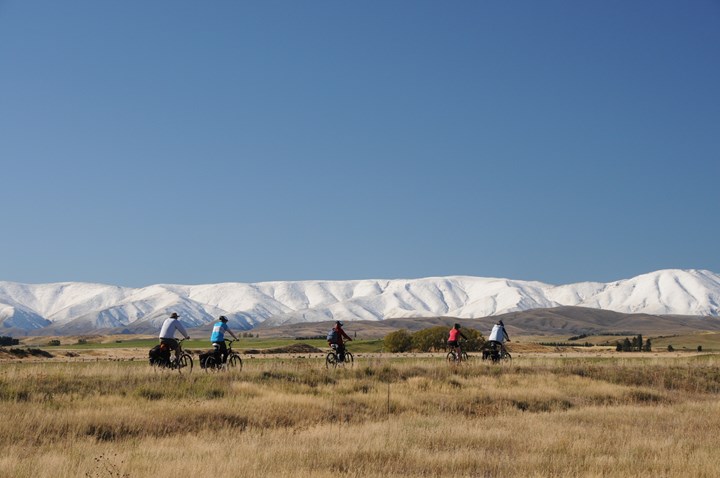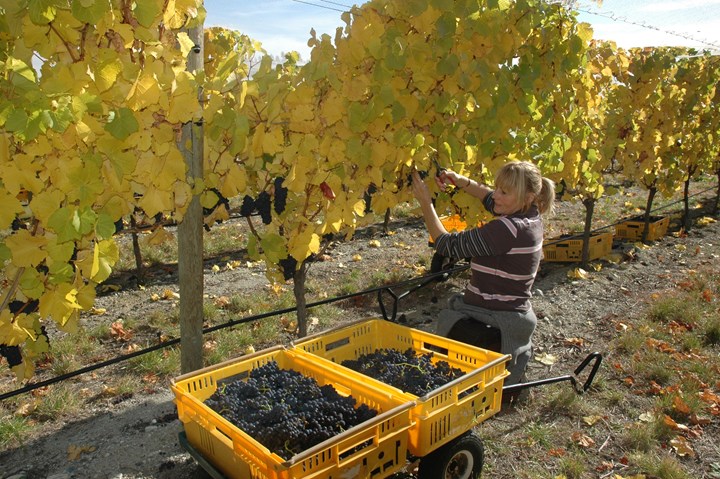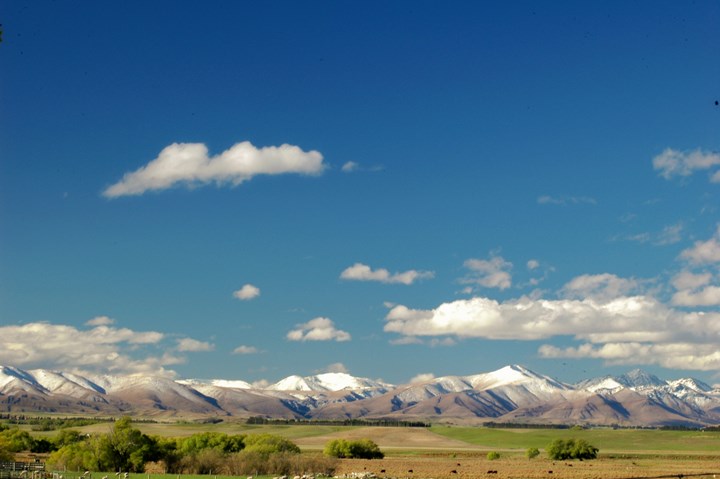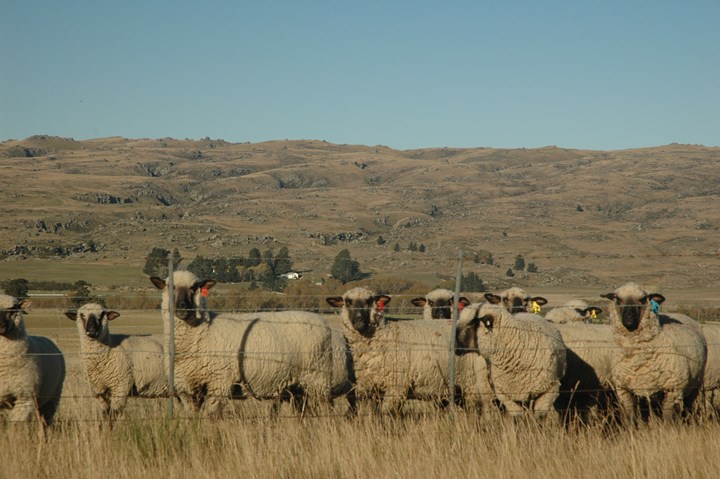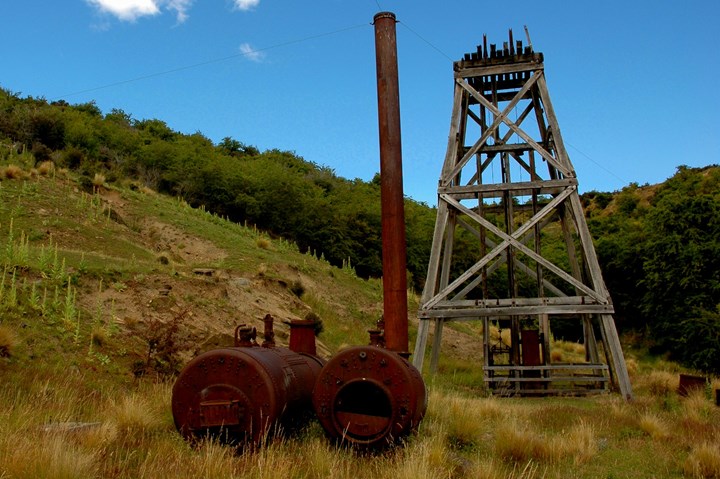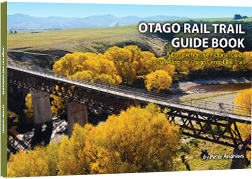About Central Otago
Climate
Central Otago is famously known for having distinctive climates from one extreme to the other. During a typical Central Otago summer you will see clear blue skies, sun burnt grass and brown bare mountains, and experience temperatures that can reach over 30°C. The mountain ranges that surround the region protect the trail from cold harsh winds and rain, in both summer and in winter.
Central Otago Winters are amongst the coolest in New Zealand – there is little rain, but the snow on the mountains definitely adds a chill to the air, and hoar frosts often cover the region. Although the hoar frosts mean temperatures drop drastically, they create fantastic opportunities for photographers and it truly is a sight like no other with icicles sparkling like crystals on farming fences and trees along the trail.
Wine & Orchards
Central Otago is now recognised as a major wine-making region in New Zealand. This is because Central Otago has the perfect living conditions for the grapes used in making wine; soils drain quickly in the lower valleys with help from the surrounding schist ranges that also shelter the grapes from cool damp weather that would be experienced along the coastline. Being sheltered, the grapevines are also protected from fungal diseases, especially with new frost-fighting technology and access to irrigation. Hot summer days and cooler nights further contribute Central Otago Pinot Noir Wine's intense flavours, resulting in many prizes and awards for this particular wine.
Driving along Central Otago roads, especially around areas such as Alexandra, you will come across many road-side fruit stalls selling fresh fruit from the orchards including apricots, plums, nectarines, cherries, and apples. Many orchards allow you to pick your own fruit, have a picnic amongst the trees, or purchase freshly made fruit juice.
Fruit growing has been a popular industry in Central Otago since the gold mining era, as many families appreciated the perfect climates that Central Otago provided for growing fruit trees. The trees are treated with a clean pest management, so there are very minimal chemicals used on these organic fruits.
Landscapes & Scenery
Central Otago landscapes are unique, scenic, and truly beautiful. During the winter, you will be surrounded by mountain ranges completely covered in deep snow, with clear open blue skies over you. During the summer months, the mountains are dry, brown, and bare – this is captured by many artists as it is an amazing sight that you are unlikely to find anywhere else. Some of these Mountain ranges include the Dunstan Mountain Range, the Rock and Pillars, the Rough Ridge, and the Hawkdun Mountain Range. Along the trail, some paddocks may stand out as they are so green – this is simply due to the Irrigation Scheme. Natural grasses in Central Otago are burnt by the summer sun, and there are often water restrictions and droughts during this season.
Central Otago also has scenic rocky gorges, schist rock, wildflowers, and beautiful lakes, rivers, and streams. Once the sun sets over the mountains, you will see hundreds of stars appear in the deep black sky – with no city lights to pollute the sky, and vast open spaces, you will find peace and beauty that is so special in this little corner of New Zealand.
Along the trail and throughout the trail towns, there are also man-made landscapes such as old stone buildings, remains of mining huts, viaducts, tunnels, bridges, and more.
Farming
The Rail Trail gives you the opportunity to cycle though farmland, with animals such as sheep, cows, and deer being only metres away from you. Central Otago farms used to be dominated by sheep; however dairy farms are highly on the rise where irrigation is available, with some farms having over 4000 cows.
Gold Mining
Most New Zealanders lived along the coast in the 1850s. In 1861, gold was discovered in Lawrence so many families moved inland to mine in hope of making a fortune with gold. Central Otago became heavily populated during this time. Unfortunately many miners died of starvation during this era, as there were no sheep famers to provide meat. Others died in floods as there were no bridges or roads built near the waters where they were mining. During the freezing cold winters, some miners died from the cold as they had no warm homes to live in.
After the gold rush ended, some families stayed in Central Otago and established businesses, farms, orchards, the Railway, and more. This led on to the many established towns throughout Central Otago today. There are still traces of the gold mining history, with historic equipment and water races around the popular mining areas.





